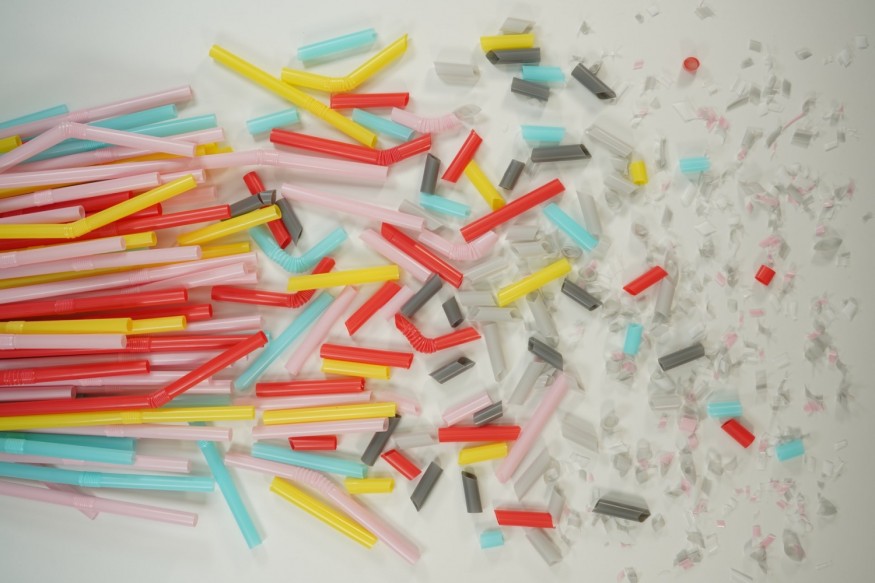A new study found that microplastics could transport metals in the environment with great accumulation, the same manner it transports environmental organic pollutants.
In the present, little is known about the interactions between floating microplastic particles and dissolved metals, but it is given that microplastics are toxic and can accumulate, transport, and release organic pollutants.
Scientists from the Institute of Coastal Environmental Chemistry at the Helmholtz-Zentrum at Hereon studies the accumulation of fifty-five different metals and semi-metals on polyethylene and polyethylene terephthalate particles, 63 to 250 micrometers in size.

"In regard to water polluted by plastics, the two types of plastics we studied play a vital role," says environmental chemist and first author Dr. Lars Hildebrandt.
"This is due to their wide range of application and the associated high production volumes. Most shopping bags, for example, are made of polyethylene, and plastic drinking bottles are almost without exception made of polyethylene terephthalate."
The smaller the plastic particles, the larger metal is accumulated
Researchers wrote that smaller plastic particles could carry larger cargos of metals, which cannot be seen by the naked eye. These harmful metals are not just transported but also released under certain conditions.
"In the study, we determined that the accumulation becomes stronger when the particles become smaller and that there are significant differences between the various elements (metals and semi-metals) in terms of the extent of enrichment," says coauthor Dr. Daniel Pröfrock, department head of Inorganic Environmental Chemistry at Hereon.
Ions from metals such as chromium, iron, tin, and the rare earths "attached themselves almost entirely to the microplastics," while cadmium, zinc and copper, "showed almost no accumulation on the plastic over the entire test period."
Furthermore, the polyethylene particles exhibited greater accumulation than the polyethylene terephthalate particles.
Metals are completely released under chemical conditions
In the second phase of the test, the Hereon scientists found that microplastics loaded with metals or semi-metals 'almost completely released' respective metal contents under chemical conditions.
"Our test set-up in the laboratory was actually simplified and without model organisms. Nonetheless, the results provide important evidence that microplastic particles, when absorbed by the body, act as a type of trojan horse for metals and that these metals can possibly be introduced into organisms to a greater extent in that way," Heldebrandt had drawn in his initial conclusion.
Findings suggest that microplastics might even transport toxic metals into the food chain. "The corresponding effects on aquatic and human health will gain higher importance in the near future due to the predicted increases of marine plastic litter and microplastic sorbents," researchers wrote.
This overwhelming ecological problem of plastic particles longevity has already been recognized by world scientists. To address the issue further, researchers continue to determine the behavior of other plastics commonly found in the environment, as well as the influence of their age and weathering state to accumulation and release processes.
The study is the first to tackle the behavior of over 50 elements towards small microplastic particles.
© 2025 NatureWorldNews.com All rights reserved. Do not reproduce without permission.





